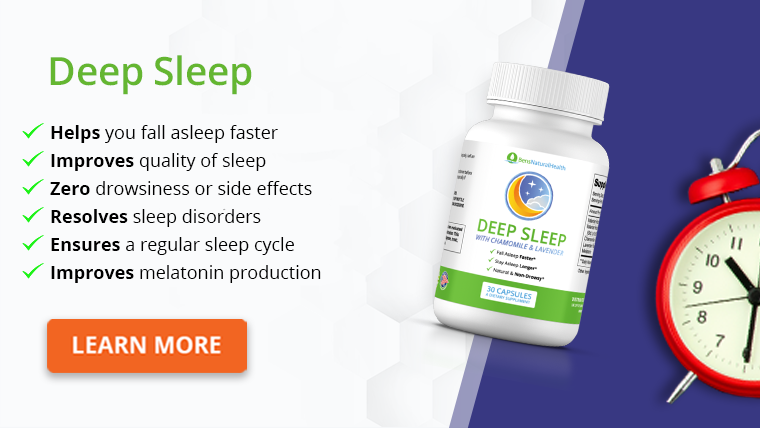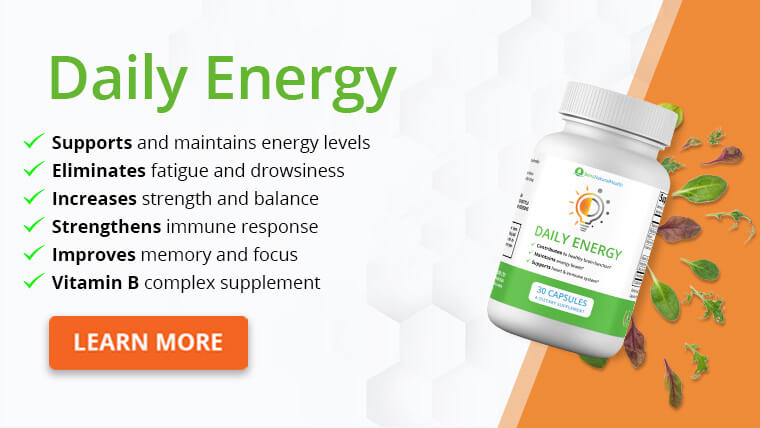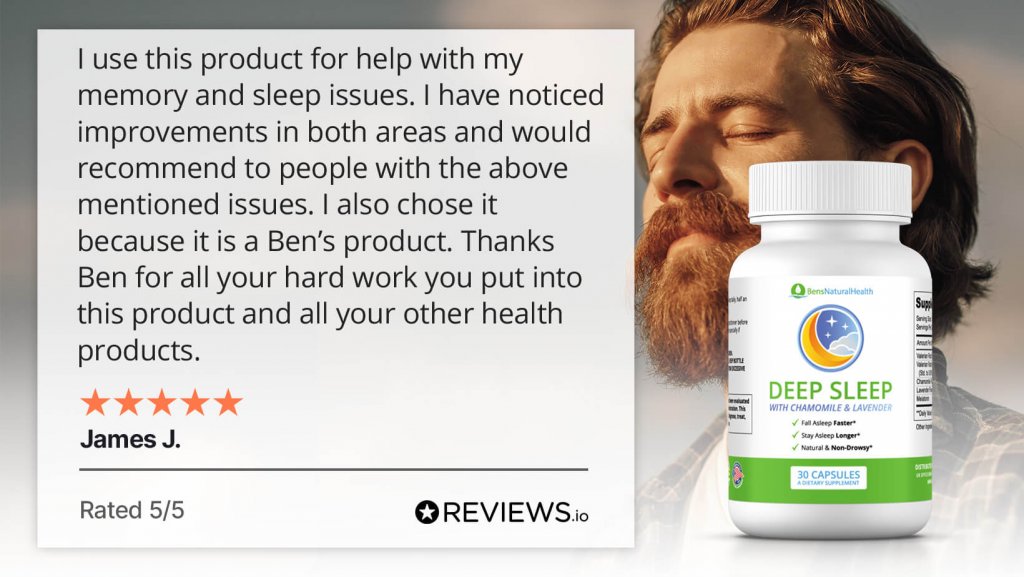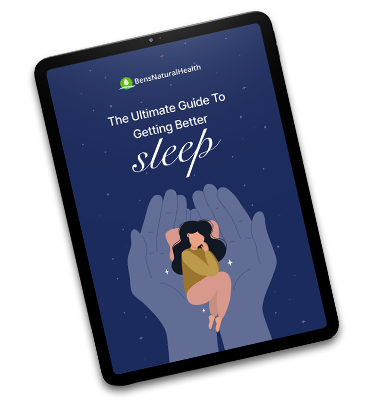- What is Vyvanse (Lisdexamfetamine)?
- What is Ritalin (Methylphenidate)?
- Are Vyvanse and Ritalin the same?
- Vyvanse vs Ritalin
- What are the differences between Vyvanse vs Ritalin?
- Similarities between Vyvanse and Ritalin
- Effectiveness of Ritalin vs Vyvanse
- Which medication has fewer side effects?
- How to reduce the side effects
- Warnings for Vyvanse and Ritalin
- Which drug is safer?
- Cost of Vyvanse vs Ritalin
- Can you get Vyvanse and Ritalin covered by insurance?
- Availability of Vyvanse and Ritalin
- How to take Vyvanse or Ritalin
- Can you take Vyvanse and Ritalin together?
- Conclusion
- Source
Vyvanse and Ritalin are stimulant drugs approved by the FDA to treat ADHD (Attention Deficit Hyperactivity Disorder) and its associated symptoms, such as hyperactivity, low impulse control, and difficulty focusing.
If you are considering taking medication for your ADHD, you may wonder which drug is right for you.
We compare Vyvanse vs Ritalin, including how they work, differences, similarities, effectiveness, side effects, cost, and safety.
Keep reading to learn more.
What is Vyvanse (Lisdexamfetamine)?
Vyvanse is a brand name for Lisdexamfetamine dimesylate. Since 2007, The Food and Drug Administration has approved Vyvanse for ADHD and binge-eating disorder in adults.
However, the FDA has classified it as Schedule II controlled substance, which means it has a high potential for abuse. That is why it is available only on prescription.
Vyvanse works by increasing the levels of special chemicals in the brain called dopamine and norepinephrine. Increased levels of these chemicals can enhance focus, concentration, and control of impulses.
Vyvanse comes in an oral capsule or chewable tablet form. The recommended dose for Vyvanse is 30mg/day, and the maximum recommended dose is 70 mg/day.
What is Ritalin (Methylphenidate)?
Ritalin is a brand name for Methylphenidate, a medication used to treat ADHD. It belongs to a group of drugs called stimulants that increase the nervous system’s activity.
Ritalin works by changing the amount of chemicals in the brain, increasing the focus, control on impulses, and improving behavioral problems.
Ritalin was first approved by FDA in 1995 for ADHD (which was known as “hyperactivity” at that time). Later, it was also approved for excessive sleeping disorder (narcolepsy).
However, misuse of Ritalin can also lead to addiction problems. It comes in different forms, including oral immediate-release tablets (taken 2-3 times/day) and extended-release tablets (once daily).
The usual recommended dose is about 20-30mg/day, and the maximum dose is 60 mg/day.
Are Vyvanse and Ritalin the same?
No, Vyvanse and Ritalin are not the same; they belong to different classes of drugs. Moreover, they differ in chemical nature, classification, and mechanism of action.
Get Your FREE Sleep Guide
- Learn how to naturally improve your sleep
- Dietary recommendations, supplements, and lifestyle changes
- Developed exclusively by our medical doctor
Vyvanse vs Ritalin
The below sections directly compare two ADHD medications, Vyvanse vs Ritalin, to help you decide which one is better suited for you.
What are the differences between Vyvanse vs Ritalin?
| Comparison | Vyvanse | Ritalin |
| Brand name | Lisdexamfetamine | Methylphenidate |
| Effectiveness | More effective in treating ADHD | Less effective than Vyvanse for ADHD |
| Mechanism of action | Lisdexamfetamine is a prodrug of dextroamphetamine that increases the level of dopamine and norepinephrine in the synapse of nerves. | Methylphenidate blocks norepinephrine and epinephrine reuptake. |
| Effect | This has a long-lasting effect and needs to be taken less often. | Ritalin is required more often due to its active form as it directly contacts with blood. |
| Addictiveness | Vyvanse is less addictive due to its prodrug form. | Ritalin has a relatively higher risk of substance use disorder. |
| Available forms | Vyvanse is available in an oral capsule or chewable tablet. | Ritalin is available in extended-release oral tablets or immediate-release oral tablets. |
| Strength of doses | Chewable tablets: 10-60 mgOral capsule: 10-70 mg | Immediate-release oral tablet: 5-20 mg.Extended-release oral capsule: 10-40 mg. |
| Age of patients | Adults and children above 6 years of age. | Adults and children above 3 years of age. |
| Other uses | It is used to treat binge eating disorders. | It helps treat narcolepsy. |
| Is there a generic? | There is no generic version available. | Ritalin is available under brands and generic. |
Similarities between Vyvanse and Ritalin
Both drugs also have some similarities, such as the following.
- Both Vyvanse and Ritalin are used in treating ADHD.
- Lisdexamfetamine and methylphenidate are both useful in adults and adolescents.
- The usual time for treatment is from months to years for both types of drugs.
- Both drugs slow down the growth of children.
Effectiveness of Ritalin vs Vyvanse
A 2017 study conducted among adolescents diagnosed with ADHD revealed that Vyvanse has an efficacy of about 81% and Ritalin has an efficacy of 71.3%.

Which medication has fewer side effects?
Vyvanse is inactive in intake form and needs activation inside the body to perform its function in the body, so it has fewer side effects than Ritalin, as Ritalin is present in active form only.
Side effects of Vyvanse
The following are the side effects associated with Vyvanse:
- Reduced appetite
- Dizziness
- Mouth dryness
- Pain in stomach
- Insomnia
- Blood circulation issues in toes and fingers
- Constipation
- Diarrheas
- Aggression
- Anxiety
- Nausea
- Vomiting
- Personality changes
- Vyvanse crash
In addition to the above-mentioned side effects, some severe side effects are associated with Vyvanse, such as the following:
- Monomania
- Delusion
- Heart stroke
- Heart attack
- Arrhythmia
- Elevated blood pressure
- Hallucination
- Sudden death
- Neurological disorders such as seizures
- Severe allergic reactions
- Serotonin syndrome
Vyvance stays in the body for 8-14 hours in the active form. The withdrawal symptoms remain for a week.
The boxed warning for Vyvanse
The FDA gave a boxed warning for increasing the risk of dependence and substance use disorder. Addiction to Vyvanse can lead to the following:
- Aggressive behavior
- Irregular heartbeat
- Difficulty in breathing
- Unusual sweating
- Suicidal thoughts
Side effects of Ritalin
Ritalin can produce many mild-to-severe side effects on different systems of the body, as enlisted below.
Some side effects of Ritalin are as follows:
- Headache
- Elevated blood pressure
- Mood changes
- Irritability
- Sleeping difficulties
- Nervousness
- Reduced children’s growth during the first two years of taking it.
- Delusion and enmity are developed due to the misuse of Ritalin.
Ritalin can also cause:
- Worsening agitation, anxiety, or stress
- Worsening seizures
- Muscular or skeletal complications, such as pain in muscles and joints
- Circulatory issues
- Irregular breathing
- Eating problems
- Difficulty maintaining an erection
If the person takes Ritalin in large doses, they may face the following:
- Hallucination
- Seizures
- Confusion
- Mood variations
How to reduce the side effects
For Vyvanse
To avoid the side effect of Vyvanse, follow the following tips:
- Take the dose as recommended by a doctor.
- Take medicine within the limit and do not exceed more than a doctor prescribes. And if any side effect occurs or the drug is not working, talk to your healthcare professional. Always read the instructions written on the medicines.
- Take the dose at the same time each day.
- It’s better to take the dose in the morning; if you missed it, take it the following day. Avoid taking it in the afternoon.
- Share details: Always disclose your medical history and medications to avoid side effects.
- Practice better sleep hygiene: Make a habit of sleeping at a specific time and do not involve yourself in other activities such as watching tv or using social media.
- Medication holiday: If your doctor approves, try a holiday for days or months to avoid serious side effects.
- Avoid coffee intake.
For Ritalin
- To avoid nausea: If you are not a breakfast person, try to eat something else, and take something to eat with medicine to prevent a queasy feeling.
- To avoid sleeping issues: Take the medicine early in the morning or before the afternoon. Avoid the intake before bedtime.
- Avoid caffeine intake in any form.
- If you feel moody, talk to your doctor and change the medicine.
- Reduced appetite management: try to eat lunch or dinner late after taking drugs, as the effect may have worn off. But, if the weight loss is sudden and more than usual, ask your doctor for help immediately.
- To prevent mouth dryness: use lozenges or drink plenty of liquid.

Warnings for Vyvanse and Ritalin
Do not take Vyvanse or Ritalin if you have any of the following:
- You have any allergy to Vyvanse or Ritalin ingredients
- Pregnant women
- Substance users should not take these drugs without consulting a doctor
- Ritalin and Vyvanse can cause more severe psychological issues than treating if you are taking other medicines for treating these, such as bipolar disorder, depression, or mental illness.
- If you’ve been taking monoamine oxidase inhibitor (MAOI) inhibitor for the last 14 days: such as linezolid, methylene blue injection, phenelzine, rasagiline, isocarboxazid, or selegiline, avoid these stimulants.
- People with heart abnormalities and a history of drug or substance abuse should avoid these two drugs.
Some significant warnings include the following:
Vyvanse should not be taken by people who have:
- Circulation issues
- Mental health issues
Moreover, Ritalin is highly unfavorable among people using medications such as blood thinners, blood pressure medicine, decongestants, and antidepressant seizure medication.
Which drug is safer?
Vyvanse has comparatively less abusive potential as compared to Ritalin. Moreover, the more potential adverse effects and the active form of Ritalin make it less safe. So, Vyvanse is relatively safer than Ritalin.
Cost of Vyvanse vs Ritalin
The cost of Vyvanse is about $356 for 30 capsules (one month’s supply). The available strengths for Vyvanse are 10mg, 20mg, 40mg, 50mg, 60mg, 70mg, and 80mg.
On the other hand, the average price for a 30-day supply of Ritalin 5 mg is about $10.26.
| Store | Vyvanse Cost (for 30 capsules) | Ritalin Cost (for 30 tablets) |
| Walmart | $379.71 | $10.26 |
| Walgreens | $356.62 | $13.81 |
| CVS pharmacy | $363.76 | $12.26 |
Can you get Vyvanse and Ritalin covered by insurance?
Vyvanse is not commonly covered under the Medicare Part D insurance plan. However, the manufacturer may provide you with a Vyvanse card called a Savings or Copay card. This card may cover the out-of-pocket cost if it is not covered by insurance.
On the other hand, Ritalin is usually covered by most Medicare and insurance plans since it is a cheaper medication.
Availability of Vyvanse and Ritalin
How readily available are the medications?
Both Vyvanse and Ritalin are controlled substances and available only on the prescription of a licensed healthcare professional, usually a psychiatrist, neurologist, or pediatrician.
After getting a prescription, these drugs can be obtained from pharmacies like Walmart, CVS, or Walgreen.
How can you get a prescription for these medicines?
Usually, a specialist usually prescribes these medicines after thoroughly assessing your symptoms of ADHD, binge-eating disorder, or narcolepsy.
The prescription may also include refills information, allowing you to get the next month’s supply on the same prescription.
Are there any shortages of these drugs?
Unfortunately, there is a current shortage of these drugs in the market due to increased demand and less manufacturing.
The following tips can be helpful in navigating through these shortage challenges:
- Request your refill in plenty of time.
- Regularly check with the pharmacy to inquire about the availability.
- If you come to know that a pharmacy has a supply, call the front desk immediately and fax your prescription.
- Discuss other treatment options that can be helpful during the shortage with your healthcare professional.

How to take Vyvanse or Ritalin
Vyvanse
The following measures need to be considered while taking Vyvanse.
- Take according to the doctor’s prescription; never increase the dosage more than suggested. The dosage depends on the person’s response to treatment and medical conditions.
- It can be taken either with or without food.
- It is suggested to take it once a day in the morning. Taking Vyvanse in the afternoon, evening, or night can cause difficulty in sleeping.
- Never share Vyvanse with anyone, especially with someone struggling with substance use or addiction.
- Before swallowing, constantly chew the chewable tablets.
- Swallow the capsule as a whole, do not break, crush, chew, or divide it. Keep away from moisture, heat, and light, and store at room temperature.
- Read the prescription properly or ask the pharmacist or doctor about the dosage and method of taking it.
Ritalin
- Methylphenidate is taken orally and available in the form of chewable tablets, solutions, and regular tablets are taken thrice daily by adults and children twice a day.
- Adults should take the dose before evening so this does not cause sleeplessness among them.
- Intermediate-acting tablets must be taken 1-2 times a day, in the morning or early afternoon,
- The long-acting capsule must be taken before breakfast once a day,
- Take this medicine 30-45 minutes before a meal.
- Ritalin is suggested to take 2-3 times a day.
- This drug’s capsule form is recommended once in the morning daily.
- Store this drug at room temperature and prevent it from light, humidity, and heat.
- Capsules can be taken with or without food but follow the same daily pattern.
Can you take Vyvanse and Ritalin together?
No interaction has been observed between the two medications, but you must talk with a health professional before taking these drugs together.
Conclusion
Vyvanse and Ritalin are stimulants that work to ease ADHD (attention deficit hyperactivity disorder) symptoms. Both are equally effective for adolescents and adults.
Vyvanse is more effective than Ritalin and long-lasting, so it needs one dose a day, but Ritalin is needed to take 2-3 times a day.
Explore More








